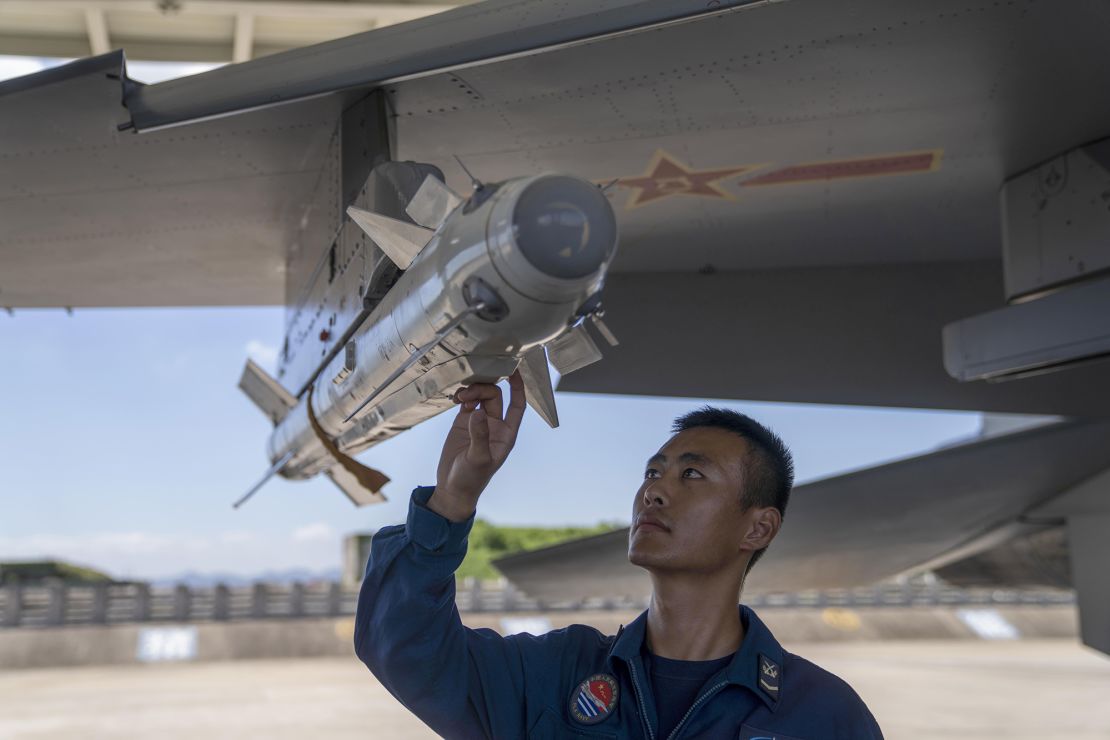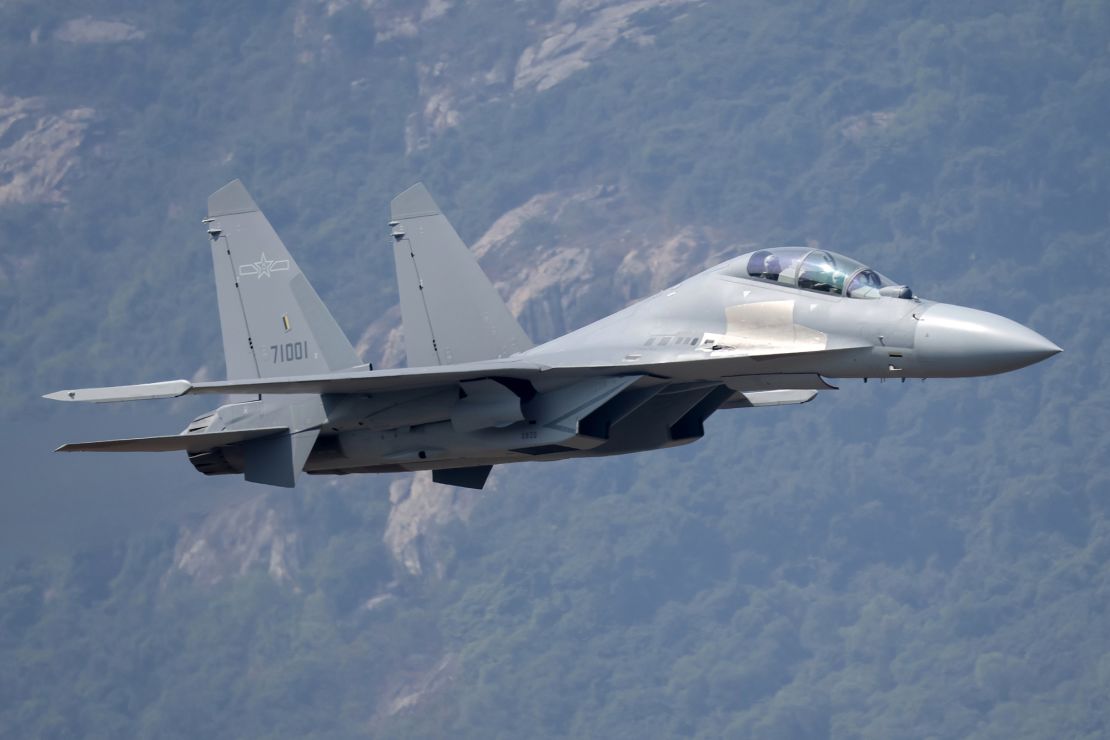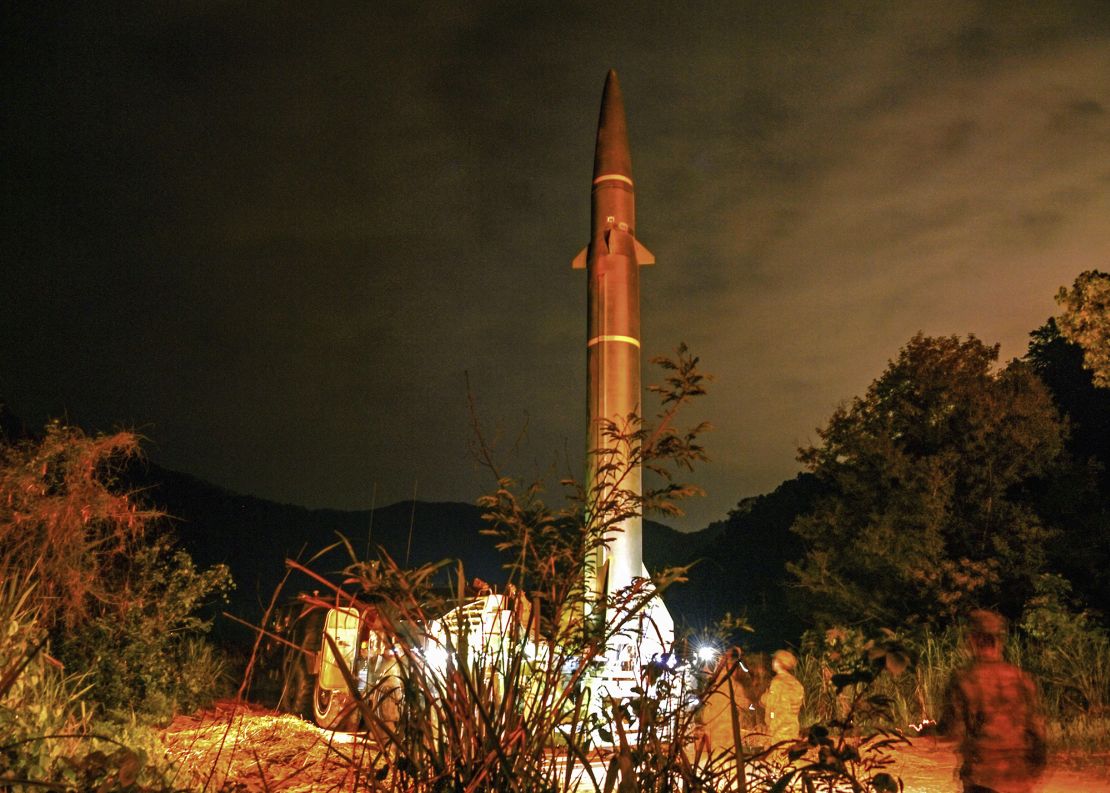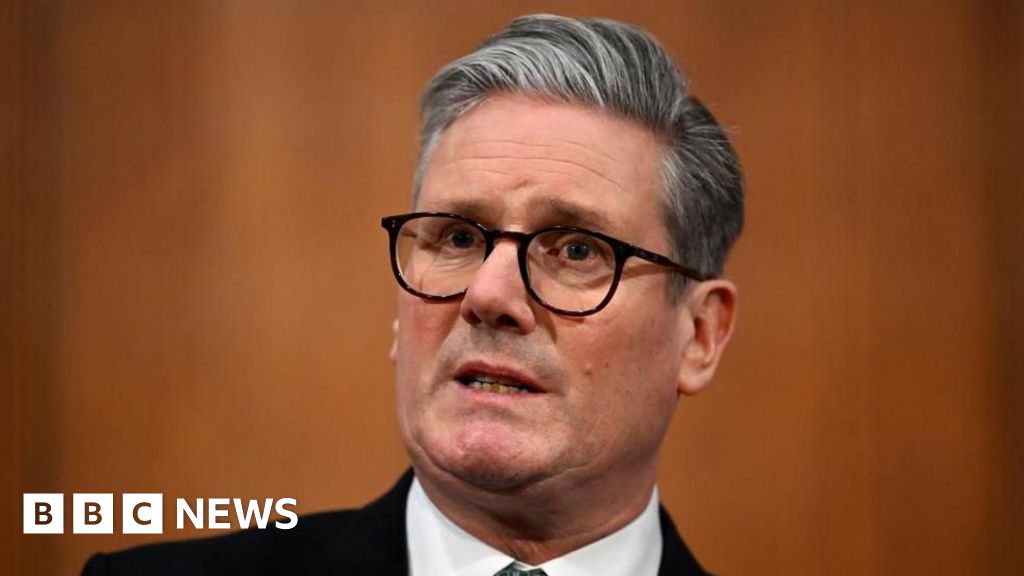
Seoul, South Korea
CNN
—
According to a controversial report from a US think tank, China is not prepared for war. The analysis suggests that the primary aim of the ruling Communist Party’s extensive military modernization efforts is to maintain its hold on power rather than to engage in foreign conflicts.
Under the leadership of Xi Jinping, China has embarked on a remarkable military expansion, transforming the People’s Liberation Army (PLA) into a force that is reportedly challenging, and even surpassing, the capabilities of the US military in various domains.
Simulations conducted by US defense analysts have repeatedly indicated that the US military, considered the strongest globally, would struggle to compete with the PLA in battles near China’s coastline, particularly regarding Taiwan, the democratic island that Beijing claims as its territory.
However, a recent report from the RAND Corporation highlights that despite the PLA’s impressive growth, political factors—especially the Communist Party’s focus on controlling both military personnel and Chinese society—might impede the PLA’s effectiveness in combat, especially when facing a formidable opponent like the US.
Timothy Heath, a seasoned China analyst at RAND, stated in the report titled “The Chinese Military’s Doubtful Combat Readiness,” that the PLA remains more concerned with supporting the Chinese Communist Party (CCP) than with preparing for actual warfare.
Heath emphasized that “gains in Chinese military modernization are primarily aimed at strengthening the CCP’s legitimacy and authority,” making the likelihood of war less probable.
He pointed out that a significant component of PLA training—up to 40%—is devoted to political instruction rather than military readiness.

Heath expressed concerns about the potential trade-off in training time that could be better spent on essential combat skills, raising doubts about the PLA’s preparedness for modern warfare.
Furthermore, he noted that PLA units are guided not just by military leaders but also by political commissars, whose focus is more on loyalty to the party rather than on combat proficiency.
“This bifurcated command structure limits commanders’ ability to respond swiftly and effectively to evolving situations,” Heath wrote.
The prospect of a conventional military confrontation between the US and China remains “a distant likelihood,” and Pentagon strategists should broaden their focus beyond mere missile and bomb threats emerging from China.

Critics of Heath’s report challenge his assertions, stating that Xi’s top military objective—gaining control over Taiwan—remains evident, even if political considerations are present.
Observers suggest that recent military enhancements indicate Beijing is indeed prepared to execute this goal, despite concerns about internal control.
“There are far simpler and cost-effective alternatives for the Communist Party to ensure its security than investing in such extensive military capabilities,” claimed Andrew Erickson, a strategy professor at the US Naval War College.
Former US intelligence officer John Culver also expressed skepticism about the report, indicating that while war may not be the preferred option, it remains a backup plan if the situation demands a military approach.
Military Capability and Intent
Over the past decade, China has made notable advancements in its military capacity since Xi initiated extensive reforms.
Beijing’s aggressive shipbuilding efforts have led to the emergence of the largest navy globally, capable of operating far from Chinese waters, including from its inaugural overseas naval base established in Djibouti.
Additionally, China has made strides in developing stealth aircraft and hypersonic weaponry, converting extensive desert regions into fields of missile silos.

Heath questioned whether China’s updated arsenal would be effective in actual combat situations.
“History demonstrates that even the most advanced militaries can struggle to apply their superior technology effectively in warfare,” he argued, referencing the ongoing conflict in Ukraine as a case where a better-armed military did not secure victory.
Some analysts criticized Heath’s findings, suggesting it is misguided to apply the same vulnerabilities recognized in other militaries to the PLA.
“Xi is persistently advancing military reforms aimed at enhancing realistic combat capabilities, imparting rigorous expectations on China’s armed forces,” noted Erickson from the US Naval War College.
He pointed out that China is not only increasing its quantity of weapons—estimations suggest Beijing adds around 100 nuclear warheads yearly—but also investing in cutting-edge technologies, such as major hypersonic weapon initiatives.
There is a consensus that the PLA has considerably improved in terms of both weapon quantity and sophistication. For instance, their naval fleet includes the formidable Type 055 destroyer, regarded by analysts as one of the globe’s most powerful surface warships.
The PLA Navy launched its tenth Type 055 destroyer last year, with projections of six more ships forthcoming. Each requires a crew of approximately 300 personnel.

Collin Koh, a research fellow at Singapore’s S. Rajaratnam School of International Studies, remarked that while developing high-tech warships might be feasible, staffing them poses a greater challenge due to the extensive training required for modern naval operations.
“The military can typically train personnel from rural backgrounds, but preparing someone to operate complex naval systems necessitates a higher level of education and specialized training,” Koh explained.
Additionally, the PLA is confronting significant internal challenges, including corruption. A December Pentagon report conceded that an ongoing anticorruption campaign within senior military ranks is hindering Xi’s defense objectives.
“It represents a serious threat to the political reliability and overall operational readiness of the PLA,” commented a senior US defense official in December.
When analysts examine the preparedness of the Chinese military, Taiwan quickly becomes the focal point. US intelligence estimates suggest Xi aims to have the PLA prepared to launch an invasion by 2027 if the situation necessitates it.
Nonetheless, Heath contends that while Xi has established this target, neither he nor other officials have made an effort to rally public support for military engagement.
“Chinese leaders have refrained from glorifying war or promoting it as an inevitable outcome,” Heath stated, highlighting that “the military has not even undertaken analyses on how it would control Taiwan.”
Others express caution about interpreting Beijing’s intentions through a Western lens, acknowledging that it remains unclear what Xi would deem as a successful outcome regarding Taiwan.
The extent to which the PLA—and Chinese society broadly—would be willing to endure hardships to exert control over Taiwan is solely known within Beijing.
“Any consideration of Beijing’s use of force should take into account a level of measured action that aligns with its political objectives,” commented Koh.
Such actions could range from imposing a blockade to economically suffocate the island without resorting to direct conflict, to conducting airstrikes aimed at demonstrating military superiority over Taiwan. A full-scale invasion remains a possibility, but so does a continuation of Beijing’s persistent political pressure alongside a heightened PLA presence in the region, which analysts argue has benefitted the Communist Party.
So, what drives the significant investment in new military hardware?
Heath argues that these military enhancements are not fundamentally aimed at conquering Taiwan through aggression; rather, they are a means to reinforce the PLA’s mission of safeguarding CCP authority.
In essence, these new warships and stealth fighter jets not only captivate public attention but also aid in consolidating societal control, he suggested.
Drew Thompson, a senior research fellow at the Lee Kuan Yew School of Public Policy, echoed this sentiment, noting that political messaging often takes precedence over military results.
Nevertheless, Koh cautioned against overlooking the PLA’s advancements under Xi as merely a domestic projection.
“Despite existing challenges within China and the PLA, military planners in the region cannot afford to dismiss the PLA as a mere bluff,” he warned.
Thompson added that the PLA represents a significant threat to both Taiwan and the US military capabilities.
“China could initiate conflict and sustain it. The question remains: can they secure victory? How is victory defined in this context?” Thompson pondered.
“Are we facing a zero-sum situation, or is it a series of strategic compromises?”









